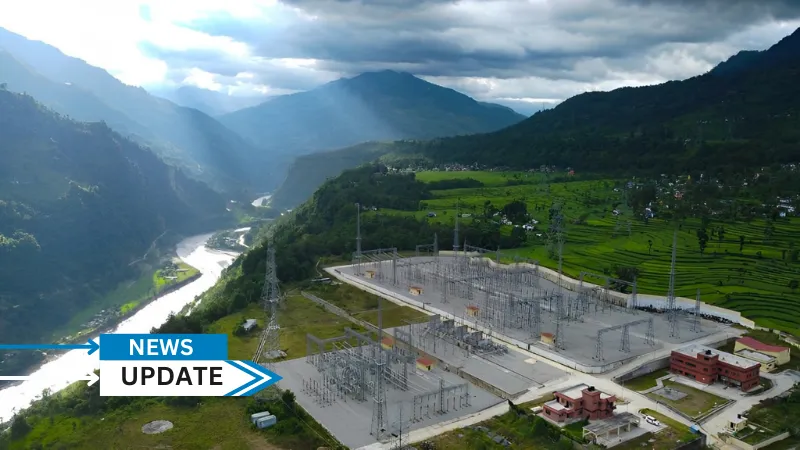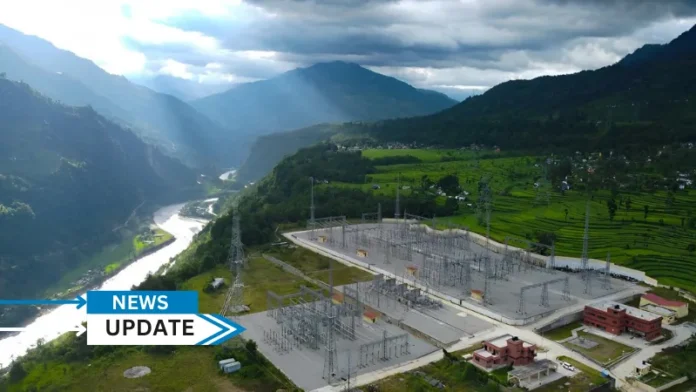
The Asian Development Bank (ADB) has approved a $311 million loan to improve and modernize electricity transmission and distribution infrastructure in Nepal.
Read also – ADB’s $100 Mn Loan to Strengthen Armenia’s Fiscal Sustainability and Financial Markets Development
“Upgrading and modernizing Nepal’s electricity transmission and distribution facilities and infrastructure is essential to its sustainable growth and development,” said ADB Principal Energy Specialist Jiwan Acharya. “Not only will this project ensure the reliable and sustainable delivery of electricity in the country, but it will also provide employment and business opportunities to make the lives of Nepalese better and more comfortable.”
Read also – IHH Healthcare Acquires Island Hospital
The project will finance a total of 290 kilometers (km) of power transmission lines from Dailekh to Jumla, New Butwal to Lamahi, Nijgadh to Ramauli, and Teenpiple and Okharpauwa. It will also expand, reinforce, and rehabilitate electricity distribution infrastructure in Karnali and Lumbini provinces. Distributed grid-connected solar photovoltaic generation facilities with a total capacity of 8 megawatts will be established in Karnali and other areas.
ADB will help the Nepal Electricity Authority (NEA) upgrade its training center, expand the smart meter rollout program, establish a data recovery center, and implement a Supervisory Control and Data Acquisition network. The project will conduct awareness-raising campaigns on safe and efficient energy use.
ADB will provide an additional $30 million grant from its Asian Development Fund, which provides grants to ADB’s poorest and most vulnerable developing member countries, to support training and capacity building. Advanced communication tools and technology, funded by the grant, will equip NEA with skills in hydropower management and electricity dispatch significantly enhancing Nepal’s capability to trade power with neighboring countries.
The project will also support the training of women and disadvantaged groups on business and technical skills, open energy-related employment opportunities, and expand energy-based businesses. It will help build the capacity of the NEA and other government agencies in power management, project management, new technologies, and power trade, among others.
ADB is committed to achieving a prosperous, inclusive, resilient, and sustainable Asia and the Pacific while sustaining its efforts to eradicate extreme poverty. Established in 1966, it is owned by 69 members—49 from the region.
About ADB
Established in 1966, ADB is owned by 68 members, including 48 from the region. Its main instruments for helping its developing member countries are policy dialogue, loans, equity investments, guarantees, grants, and technical assistance.
ADB’s vision is to achieve a prosperous, inclusive, resilient, and sustainable Asia and Pacific while sustaining its efforts to eradicate extreme poverty. Despite the region’s many successes, 1 in 3 people still live under $3.20 a day – that’s 1.24 billion people. ADB will continue to prioritize the region’s poorest and most vulnerable countries.





